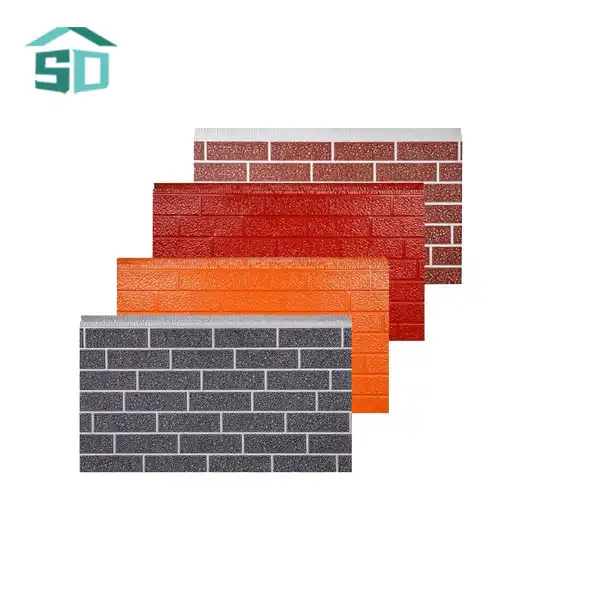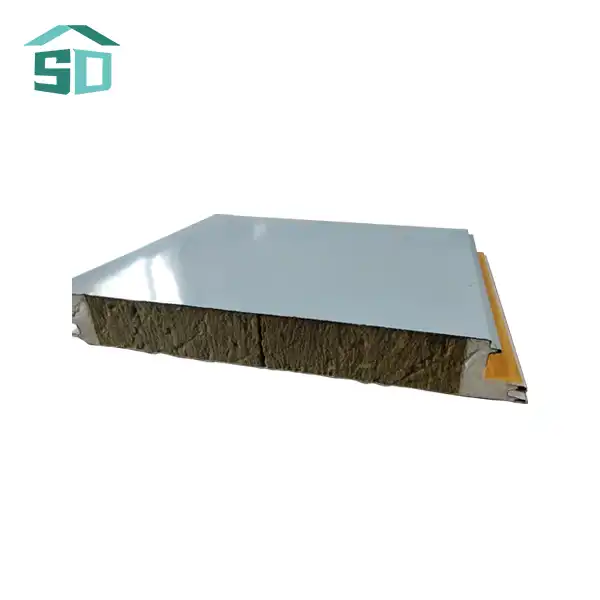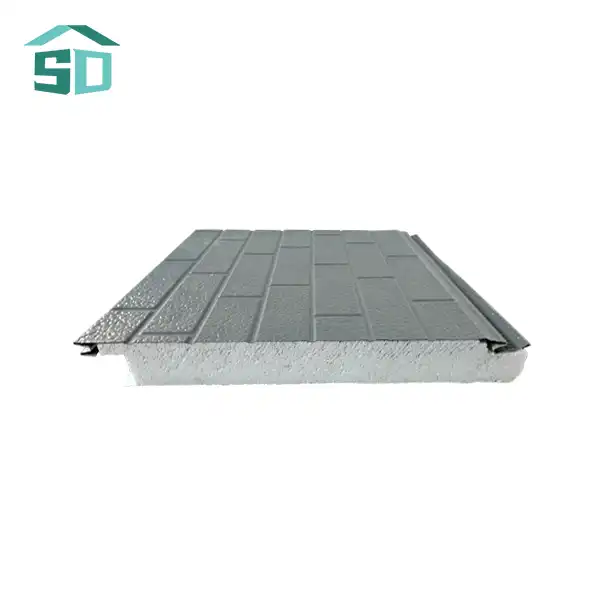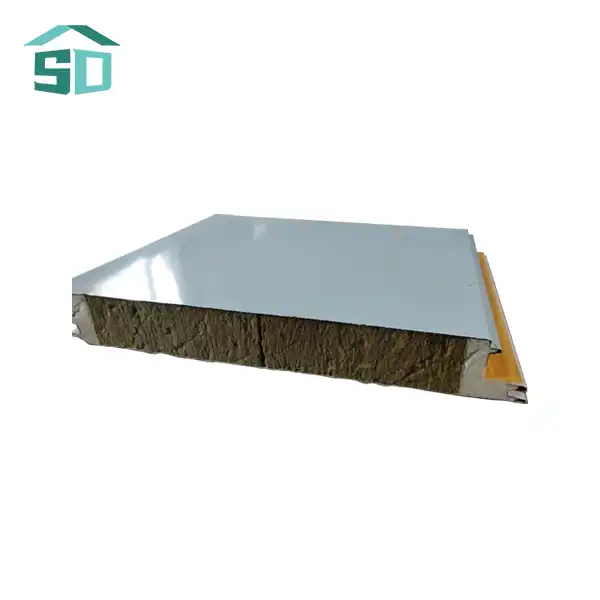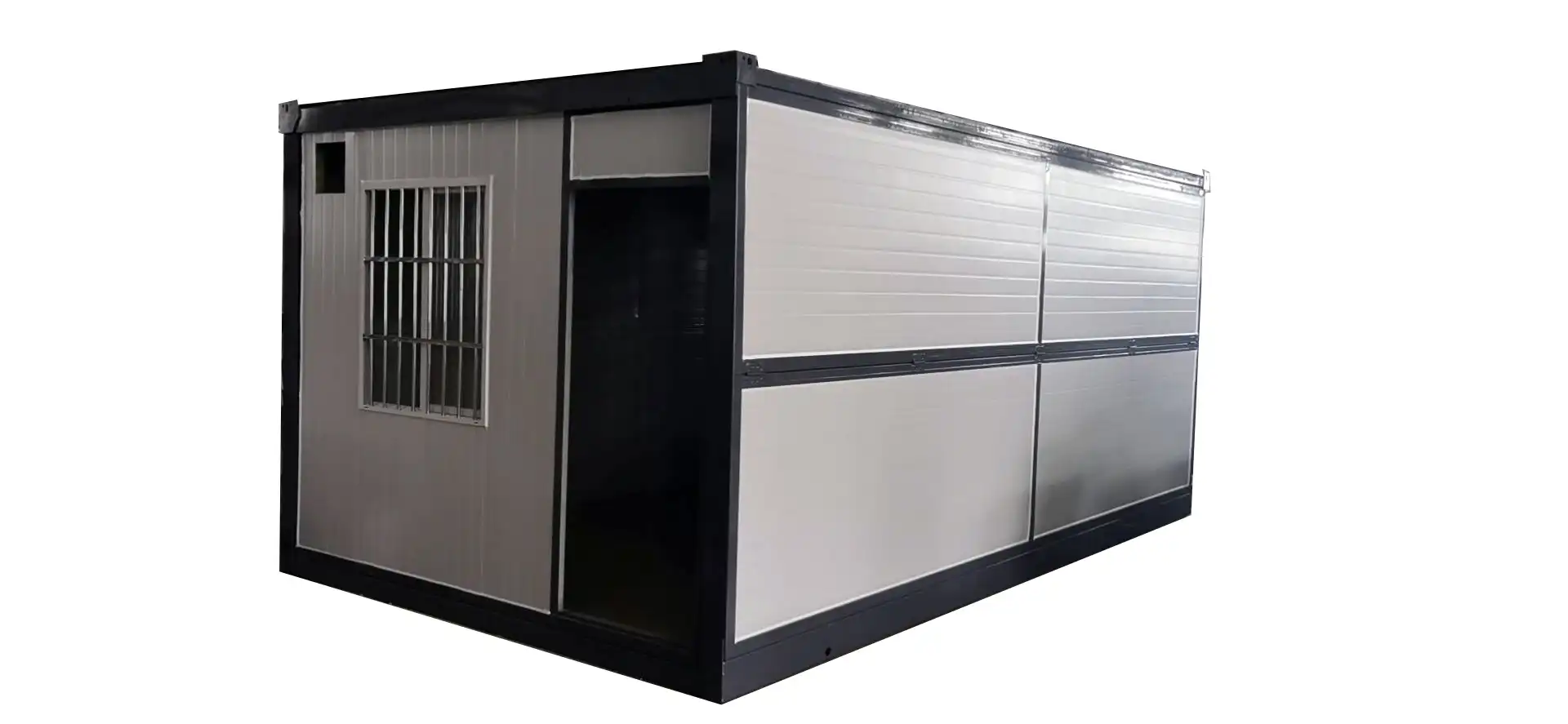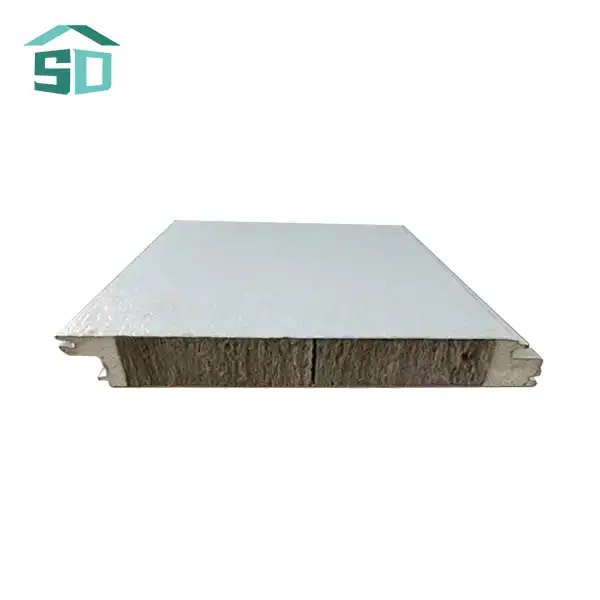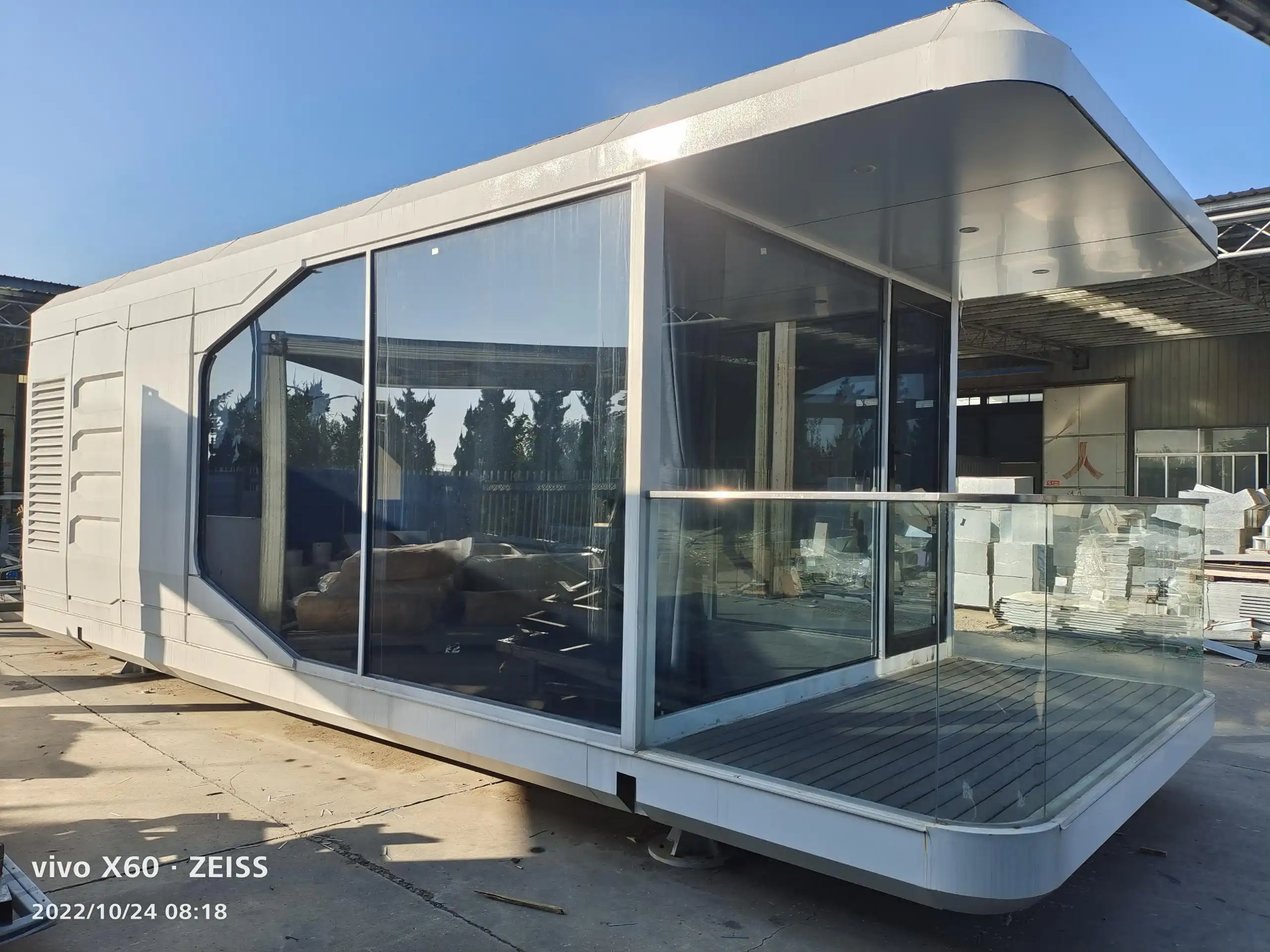- English
- French
- German
- Portuguese
- Spanish
- Russian
- Japanese
- Korean
- Arabic
- Greek
- German
- Turkish
- Italian
- Danish
- Romanian
- Indonesian
- Czech
- Afrikaans
- Swedish
- Polish
- Basque
- Catalan
- Esperanto
- Hindi
- Lao
- Albanian
- Amharic
- Armenian
- Azerbaijani
- Belarusian
- Bengali
- Bosnian
- Bulgarian
- Cebuano
- Chichewa
- Corsican
- Croatian
- Dutch
- Estonian
- Filipino
- Finnish
- Frisian
- Galician
- Georgian
- Gujarati
- Haitian
- Hausa
- Hawaiian
- Hebrew
- Hmong
- Hungarian
- Icelandic
- Igbo
- Javanese
- Kannada
- Kazakh
- Khmer
- Kurdish
- Kyrgyz
- Latin
- Latvian
- Lithuanian
- Luxembou..
- Macedonian
- Malagasy
- Malay
- Malayalam
- Maltese
- Maori
- Marathi
- Mongolian
- Burmese
- Nepali
- Norwegian
- Pashto
- Persian
- Punjabi
- Serbian
- Sesotho
- Sinhala
- Slovak
- Slovenian
- Somali
- Samoan
- Scots Gaelic
- Shona
- Sindhi
- Sundanese
- Swahili
- Tajik
- Tamil
- Telugu
- Thai
- Ukrainian
- Urdu
- Uzbek
- Vietnamese
- Welsh
- Xhosa
- Yiddish
- Yoruba
- Zulu
What Cladding to Avoid?
When it comes to upgrading the tasteful request and security of your building's outside, choosing the right cladding is vital. Decorative exterior wall panels have gotten to be progressively prevalent due to their flexibility, toughness, and visual request. Be that as it may, not all cladding choices are made break even with, and a few choices may lead to lamentable results. In this comprehensive direct, we'll investigate the cladding materials you ought to control clear of and highlight the benefits of selecting for high-quality enhancing outside divider boards.
The Pitfalls of Subpar Cladding Choices
Selecting the wrong cladding material can result in a myriad of issues, ranging from aesthetic disappointments to severe structural problems. Here are some cladding options that you might want to reconsider:
Combustible Cladding Materials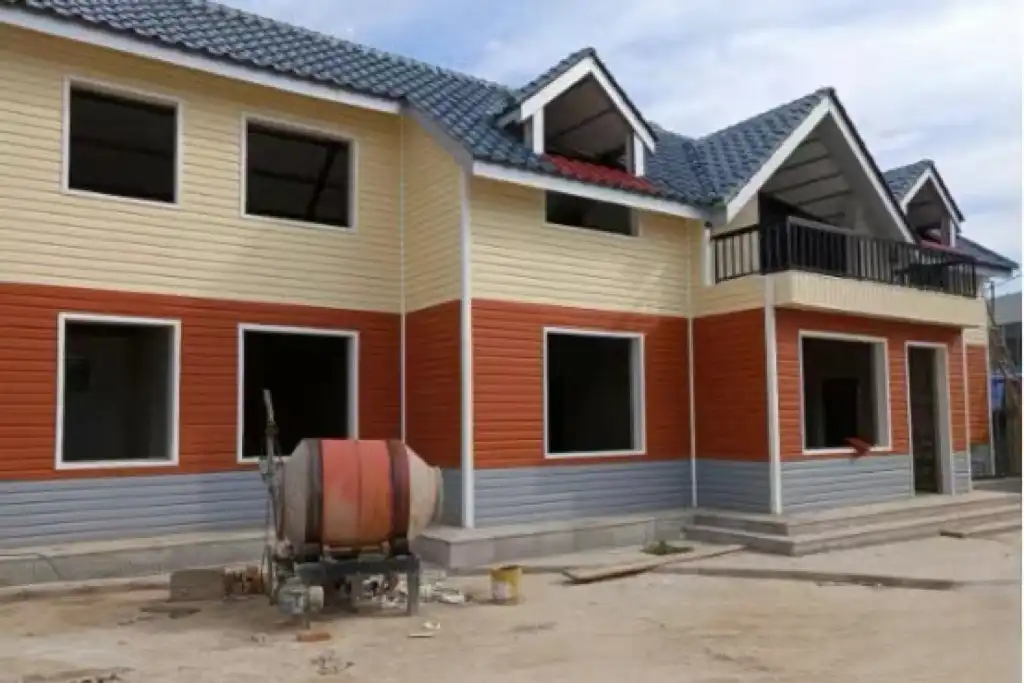
In the wake of appalling occurrences like the Grenfell Tower fire, the significance of fire-resistant cladding has been pushed into the highlight. Combustible materials such as certain sorts of aluminum composite boards (ACPs) with polyethylene centers posture critical fire security dangers. These materials can contribute to the quick spread of flares in the occasion of a fire, jeopardizing the security of building tenants and to begin with responders.
Instead, opt for decorative exterior wall panels that meet stringent fire safety standards. Look for panels with non-combustible cores or those that have been treated with fire-retardant materials. Many modern metal siding panels, for instance, offer excellent fire resistance while maintaining an attractive appearance.
Low-Quality Vinyl Siding
Whereas vinyl siding can be a conservative choice, low-quality choices regularly drop brief in terms of toughness and aesthetics. Cheap vinyl siding is inclined to splitting, twisting, and blurring, particularly when uncovered to extraordinary climate conditions. Additionally, it may not give satisfactory separator, driving to expanded vitality costs.
As an alternative, consider high-performance decorative exterior wall panels made from materials like metal or fiber cement. These options offer superior durability, weather resistance, and insulation properties while providing a wide range of design possibilities.
Untreated Wood Cladding
Wood cladding can lend a warm, natural aesthetic to a building's exterior. However, untreated or improperly maintained wood is susceptible to rot, insect infestation, and weathering. This can lead to costly repairs and replacements over time.
If you're drawn to the look of wood, consider engineered wood products or metal siding panels with wood-grain finishes. These alternatives offer the aesthetic appeal of wood without the maintenance headaches and vulnerability to environmental factors.
The Advantages of High-Quality Decorative Exterior Wall Panels
Now that we've discussed what to avoid, let's explore the benefits of choosing premium decorative exterior wall panels:
Durability and Longevity
High-quality decorative exterior wall panels, particularly those made from metal or advanced composite materials, offer exceptional durability. They can withstand harsh weather conditions, resist impact damage, and maintain their appearance for decades with minimal maintenance. This longevity translates to cost savings over the life of the building.
For example, metal siding panels from Sandong Building Materials Co., Ltd. are engineered to resist corrosion, fading, and structural degradation. They're often backed by extensive warranties, providing peace of mind for building owners and investors.
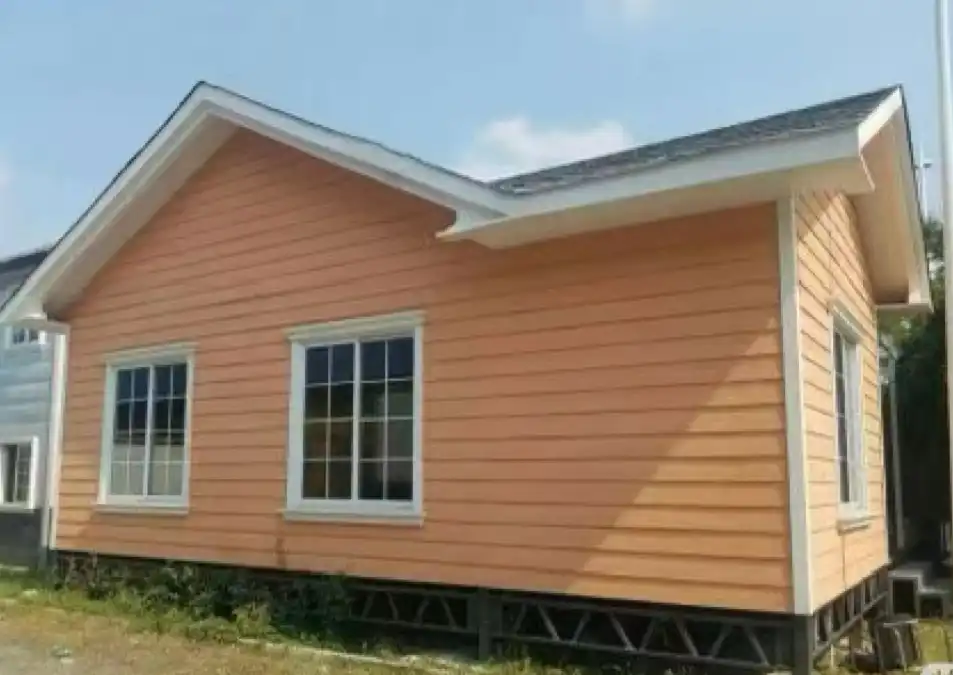 Aesthetic Versatility
Aesthetic Versatility
One of the most compelling reasons to choose decorative exterior wall panels is the vast array of design options they offer. Modern manufacturing techniques allow for an extensive palette of colors, textures, and finishes. Whether you're aiming for a sleek, contemporary look or a more traditional aesthetic, there's a panel design to suit your vision.
Metal siding panels, in particular, can be fabricated to mimic the appearance of other materials, such as wood or stone, while offering superior performance characteristics. This versatility allows architects and designers to achieve their desired aesthetic without compromising on functionality.
Energy Efficiency
Many high-quality decorative exterior wall panels are designed with energy efficiency in mind. Insulated sandwich wall panels, for instance, combine structural integrity with excellent thermal performance. By reducing heat transfer between the interior and exterior of the building, these panels can significantly lower heating and cooling costs.
Additionally, some metal siding panels feature reflective coatings that help to minimize heat absorption, further contributing to the building's overall energy efficiency. This not only reduces operational costs but also aligns with sustainable building practices.
Making the Right Choice for Your Project
When selecting cladding for your building, it's crucial to consider factors beyond just appearance. Here are some key considerations to keep in mind:
Climate and Environmental Factors
The local climate plays a significant role in determining the most suitable cladding material. In coastal areas with high salt content in the air, corrosion-resistant options like aluminum or stainless steel panels may be preferable. For regions prone to extreme temperature fluctuations, materials with low thermal expansion coefficients, such as certain metal alloys, can help prevent warping and buckling.
Building Codes and Regulations
Ensure that your chosen cladding material complies with local building codes and regulations, particularly concerning fire safety and structural performance. Many jurisdictions have implemented stricter guidelines in recent years, especially for high-rise buildings. Working with a reputable supplier can help navigate these requirements and ensure compliance.
Long-term Cost Considerations
While initial costs are important, it's equally crucial to consider the long-term financial implications of your cladding choice. Factor in maintenance requirements, expected lifespan, and potential energy savings when evaluating different options. High-quality decorative exterior wall panels may have a higher upfront cost but often prove more economical over the building's lifetime due to their durability and low maintenance needs.
Sustainability and Environmental Impact
As the construction industry increasingly focuses on sustainability, the environmental credentials of building materials have become more important. Look for decorative exterior wall panels made from recyclable materials or those produced using eco-friendly processes. Many metal siding panels, for instance, can be recycled at the end of their life cycle, reducing their environmental footprint.
Installation and Maintenance Requirements
Consider the ease of installation and ongoing maintenance needs when selecting your cladding. Some decorative exterior wall panels are designed for quick and straightforward installation, potentially reducing labor costs and project timelines. Similarly, panels that require minimal maintenance can lead to significant cost savings over time.
Weifang Sandong Building Materials Co., Ltd. offers a range of high-quality decorative exterior wall panels that address these considerations. With advanced production lines and rigorous quality control systems, the company ensures that every panel meets stringent standards for performance and aesthetics. Our metal siding panels undergo comprehensive inspections for thickness, paint film quality, mechanical strength, flame retardancy, and overall appearance.
Conclusion
Choosing the right cladding for your building is a decision that impacts not only its appearance but also its long-term performance, safety, and sustainability. By avoiding subpar materials and opting for high-quality decorative exterior wall panels, you can ensure that your building stands the test of time while maintaining its visual appeal.
If you're looking to explore premium decorative exterior wall panel options for your next project, don't hesitate to reach out to the experts at Weifang Sandong Building Materials Co., Ltd. Our team can provide personalized guidance and solutions tailored to your specific needs. Contact us at info@sdqsc.com to learn more about their extensive range of exterior cladding and facade solutions.
References
1. National Fire Protection Association. (2021). "NFPA 285: Standard Fire Test Method for Evaluation of Fire Propagation Characteristics of Exterior Wall Assemblies Containing Combustible Components."
2. U.S. Department of Energy. (2022). "Building Envelope." Office of Energy Efficiency & Renewable Energy.
3. American Institute of Architects. (2021). "Exterior Wall Systems: Performance, Aesthetics, and Sustainability."
4. International Code Council. (2021). "International Building Code."
5. U.S. Green Building Council. (2022). "LEED v4.1 Building Design and Construction."
